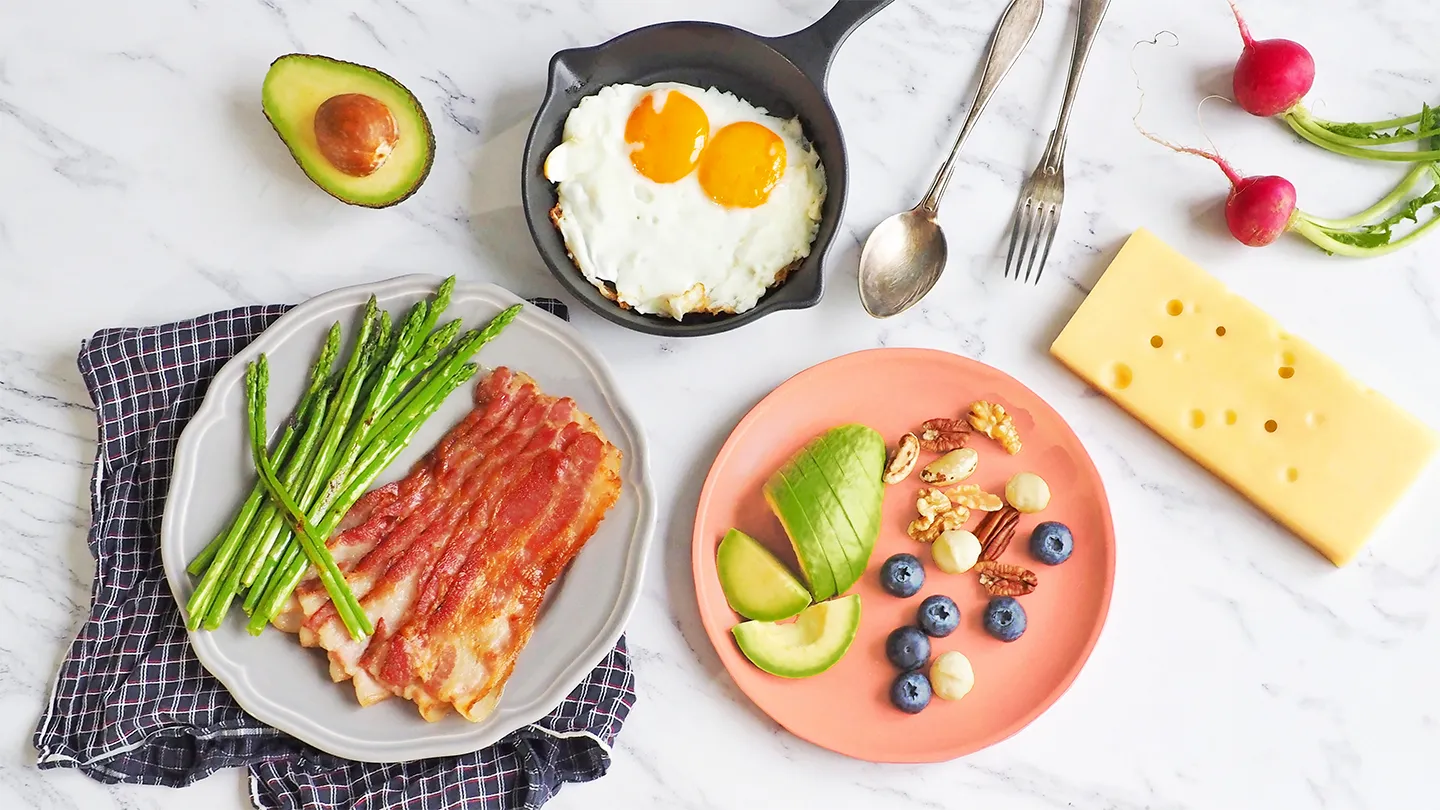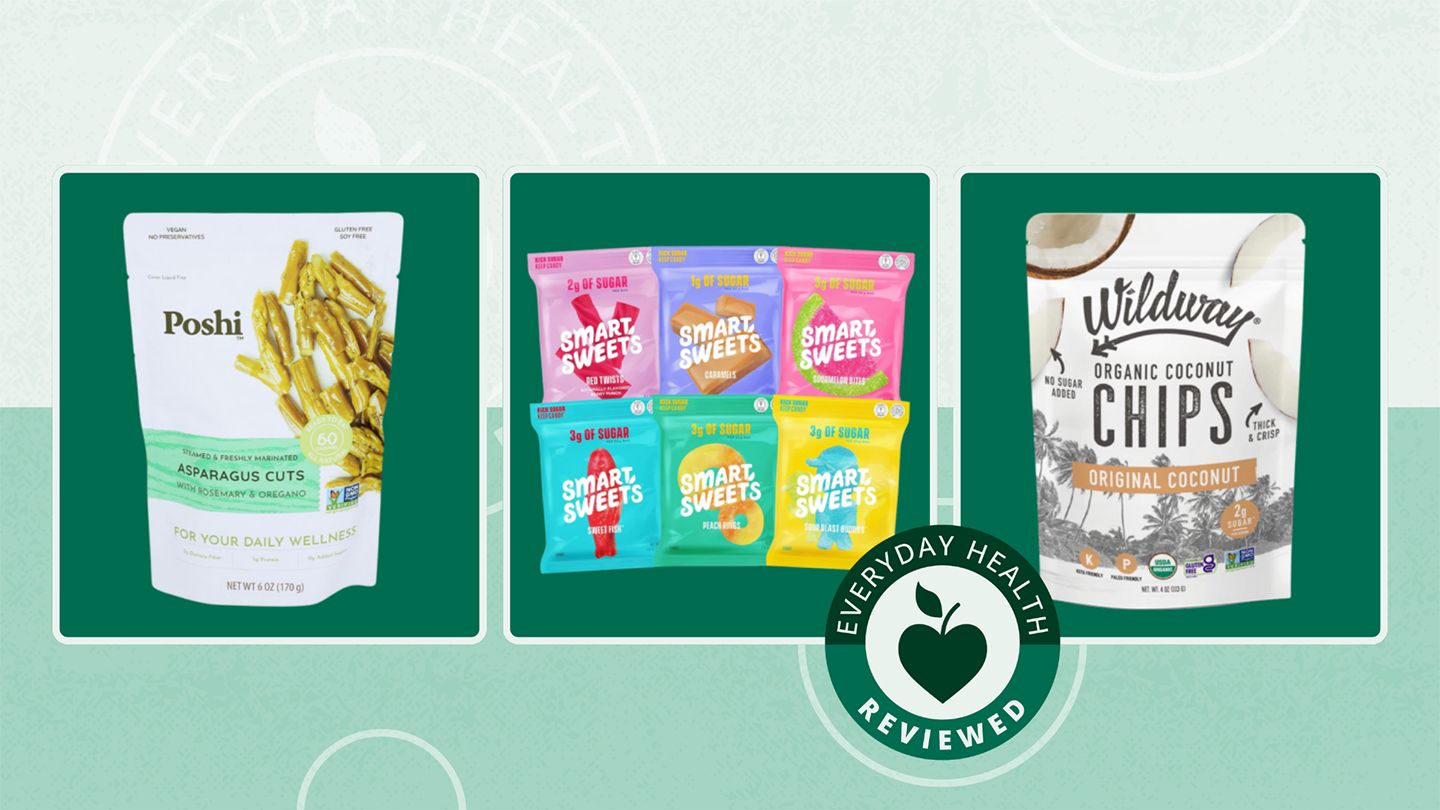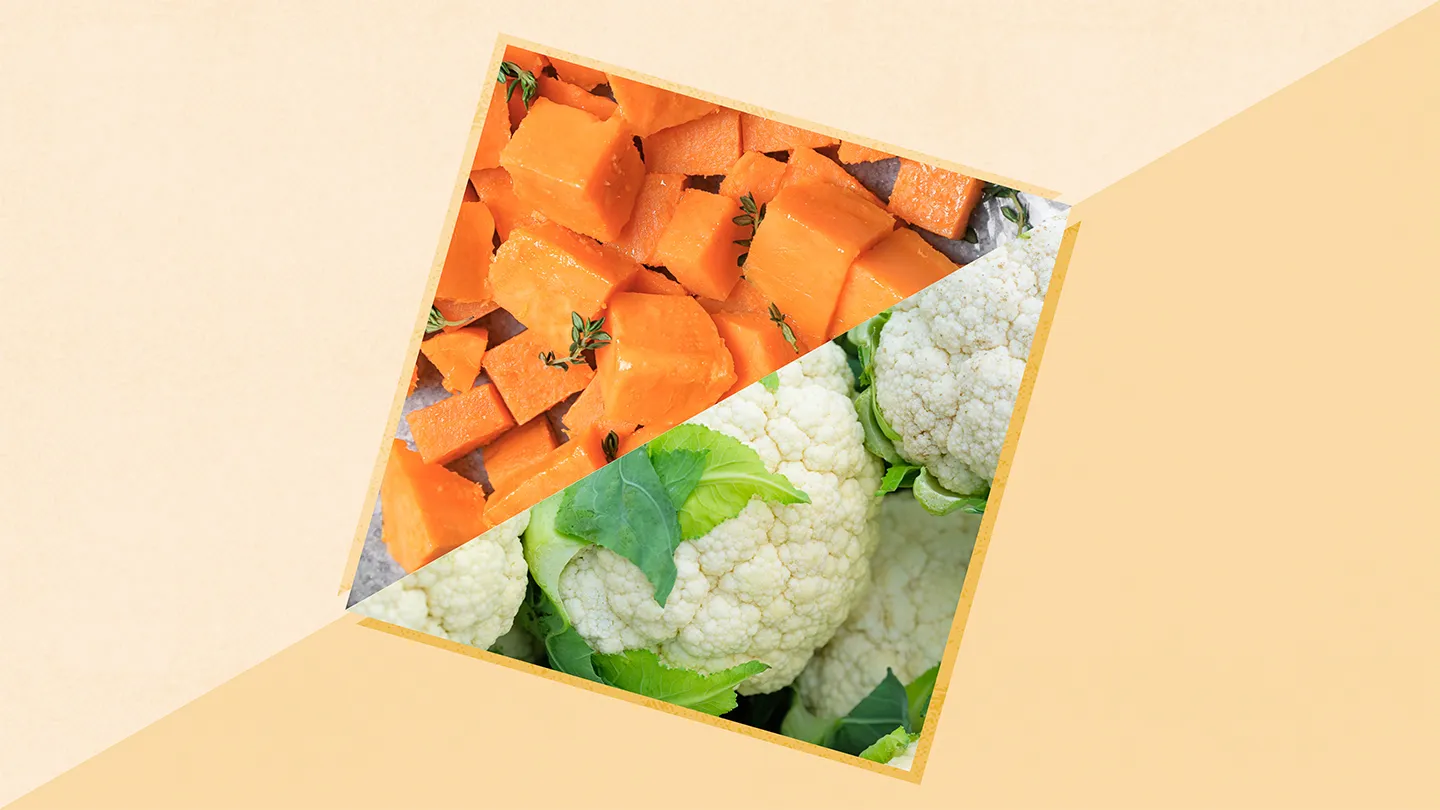Determining the Carb Count of Corn on the Cob
Corn on the cob is a classic summer treat that many look forward to grilling and eating. But those following lower-carb diets like the ketogenic diet may wonder - can you still enjoy corn on the cob without getting kicked out of ketosis? Understanding the carb content of corn is the key to fitting it into a keto lifestyle.
Keto Carb Limit
The ketogenic or keto diet aims to get the body into nutritional ketosis, a fat-burning state reached when carb intake is restricted to under 50 grams daily. This depletion of carbs causes the body to run on ketones and fatty acids instead of glucose from carbs.
Experts recommend that keto dieters stay under 50 g total carbs, 30 g net carbs (total carbs minus fiber) and ideal under 20-25 g net carbs for optimal ketosis. Corn is a starchy vegetable higher in carbs, so portion size matters.
Macro Nutrients Per Cup of Corn
One cup (164 grams) of yellow corn kernels contains:
- Calories: 177
- Fat: 4.3 g
- Protein: 5.6 g
- Total carbs: 41 g
- Fiber: 4.6 g
- Sugar: 6.5 g
With 41 g total carbs and 4.6 g fiber, one cup of corn has a net carb count of 36.4 g. This alone would exceed most keto followers daily 20-25 g net carb allowance.
Carb Count in Corn on the Cob
An ear of corn on the cob is generally larger than one cup of corn kernels. The size of the ear and number of rows will determine how many carb grams are in each ear.
A medium/average size ear of corn on the cob is estimated to contain:
- Around 150 g (5.3 oz) of corn kernels
- 19-20 g total carbs
- 4-5 g fiber
- 14-16 g net carbs
Larger ears of corn can approach 30-40 g total carbs. Smaller thin ears may be 8-12 g net carbs. To stay under 20-25 g net carbs on keto, most people could only eat 1-1.5 medium ears of corn on the cob per day if no other carbs are consumed.
Strategies to Fit Corn on the Cob Into a Keto Diet
Enjoying corn on the cob while staying in ketosis can be done by using strategies like:
1. Watch Portion Size
Stick to a serving of around half a medium ear of corn on the cob. This will provide about 7-8 g net carbs, allowing you to also eat low carb veggies and small amounts of berries or nuts.
2. Pair With Protein and Fat
Eat corn on the cob along with a protein like grilled chicken or shrimp skewers. Add fat via olive oil, butter or avocado to help slow carb absorption and feeling full.
3. Avoid Other Carbs That Day
When enjoying an ear of corn, keep the rest of the days meals low-carb. Stick to non-starchy veggies, high fat dairy, eggs, meat and healthy fats. Avoid carb-heavy foods like potatoes, grains or beans.
4. Check for Ketones
Use urine test strips to check your ketone levels about 2-4 hours after eating corn on the cob. Confirm you are still registering adequate ketones for ketosis.
5. Get Active After Eating It
Going for a 30-60 minute walk or bike ride after eating corn on the cob can help burn through the carb grams and mitigate kicking you out of ketosis.
6. Balance With Fasting
Some keto dieters use intermittent fasting and eat corn on the cob only during a 4-8 hour daily eating window for better blood sugar control.
7. Weigh Your Options
Consider swapping the corn for a lower carb vegetable like zucchini, broccoli, bell peppers or green beans to stay under your 20 g net carb goal if needed.
Other Tips for Low-Carb Corn on the Cob
Choose Yellow Corn
Yellow corn has slightly fewer carbs and more vitamin A than white corn. Avoid supersweet corn which has been bred to have higher sugar content.
Cook Correctly
Grilling, roasting or steaming corn cobs keeps carb count lower than boiling or microwaving. Drain off and discard the starchy boiling water.
Watch Add-Ons
Butter, cheese or creamy dressings can make corn on the cob taste great but add extra carbs. Stick to heart-healthy fats like olive oil or avocado.
Remove Corn Silk
Detaching the corn silks further reduces traces of starch and carbs. Rinse cobs after removing silk.
Portion Leftovers
If cooking more than one ear, store extras in servings of 1/2 cob. This prevents overeating more carbs when reheated.
Health Benefits Beyond Carbs
Despite their higher carb count, corn on the cob offers some key nutrients:
Antioxidants
Corn contains carotenoids like lutein and zeaxanthin. These antioxidant compounds support eye and skin health and reduce disease risk.
Vitamin C
One medium ear of corn provides 14% of your daily vitamin C needs. Vitamin C boosts immunity and acts as an antioxidant in the body.
Fiber
The 4-5 grams of fiber per cob promotes healthy digestion and gut health. Fiber also slows sugar absorption to prevent spikes and crashes.
Thiamin
Corn is high in thiamin or vitamin B1, which plays a role in converting food into energy. Thiamin is important for nerve function, brain health and physical performance.
Making Sweet Corn Part of a Low-Carb Lifestyle
When you get a craving for this tasty summer vegetable, you can still fit corn on the cob into a keto diet. Being mindful of portion sizes, limiting other carbs, and knowing the carb gram impact can allow you to enjoy sensibly. Pair it with proteins and fats, and get moving afterwards.
While corn on the cob may be higher in carbs, its fiber, antioxidants and micronutrients also make it a nutritious addition. If you track carbs diligently and make adjustments, you can savor sweet corn while maintaining ketosis.
Keto is about finding long-term balance, not deprivation. An ear of grilled corn on the cob now and then lets you participate in seasonal fun without derailing your low-carb diet. Savored in moderation, corn can be part of an active, vibrant keto lifestyle.
FAQs
How many net carbs are in an ear of corn on the cob?
A medium-sized ear of corn on the cob contains about 15-20 grams of net carbs (total carbs minus fiber). Larger ears may have up to 30+ net carbs.
Can you eat corn on the keto diet?
You can eat corn on the keto diet in small portions, about 1/2 an ear per day. Pair it with proteins and fats and limit other carbs to stay under 20-25 g net carbs daily for ketosis.
Does grilling corn lower the carbs?
Grilling, roasting or steaming keeps the natural sugars in corn from converting to starch as much as boiling. This slightly lowers the carb amount compared to boiled corn.
Should you remove corn silk to reduce carbs?
Yes, detaching the silk helps remove some traces of starch and lower carb grams slightly. Rinse the cob after removing silk.
What are some good low-carb substitutes for corn?
Some lower-carb vegetables you can swap for corn include zucchini, bell peppers, broccoli, asparagus, green beans, and cauliflower.
Disclaimer: This article is for informational purposes only and does not constitute medical advice. Always consult with a healthcare professional before starting any new treatment regimen.
Related Coverage
Learn how much protein to eat on keto, top food sources, pros and cons of high protein, and how cyclic and targeted keto can support more protein....
A detailed review of Atkins brand chips and snacks for keto diets. Are they processed and unhealthy or good keto options? Get the facts on ingredients and carb counts....
Learn the ideal methods and techniques for cooking foolproof hard boiled eggs from start to finish, including boiling, steaming, sous vide, peeling, storage, and uses....
Atkins shakes can fit into keto diets in moderation. Learn how to incorporate them alongside nutritious keto foods, watch for excess protein, and supplement with healthy fats....
Learn proper aftercare following cupping treatment including hydrating skin, avoiding sun, gentle massage, nutrition and supplements to minimize side effects....
Croutons are surprisingly carb-heavy, with 10 to 25 grams per serving. Learn how to count carbs and choose the best keto-friendly substitutes for salad crunch....
Learn how to choose the most effective jump trainer for vertical leap gains. Get our top picks for basketball, volleyball, and football along with tips for maximizing results....
Mangoes are high in carbs so not keto-friendly. But you can incorporate mango into a keto diet in moderation. Learn tips for including mango and low-carb alternatives....
Pretzels are too high in carbs for the ketogenic diet. Learn their carb content, low-carb pretzel options, and healthier keto-friendly crunchy snacks....
Learn how to order keto-friendly meals at Red Lobster including the best entree, side, appetizer, and dessert options for low carb and high fat ketogenic diets....









